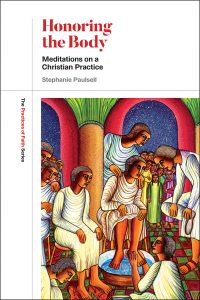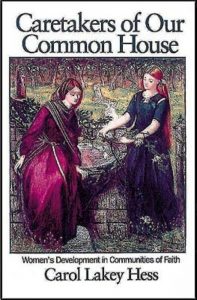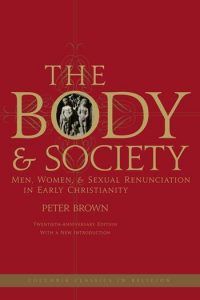Adornment
The newly baptized may wear white robes to symbolize new life in Christ. Religious orders wear simple garments to bear witness to their vocation. Plain dress (Amish, Old Order Mennonite, and Brethren) can signify a commitment to direct the eyes to God instead of to fashion.
Reflect on what your dress and adornment say to others. What does it say to you?
Rather than allowing the fashion industry to dictate what it means to dress up, encourage people to ready themselves for worship by adorning themselves with a garment or object special to them.
Touch
Pick up someone else's hand and look at it closely. Imagine the experiences this hand has had. Think of the work it has done and the care and caresses it has given. Look for signs of age and injury. Pray that God will bless this hand.
When appropriate, practice therapeutic touch (especially for the ill): stroke the hands and feet, offering a sense of the body as a source of comfort, not of pain alone.
Sexuality
Talk with teenagers about how "honoring the body" can frame our understanding of human sexuality. How does discussing this topic within the framework of a shared practice differ from approaches that are most concerned with warning teenagers about what they should not do?
University of Chicago professor Tikva Frymer-Kensky published a book of prayers about menstruation and pregnancy. Drawing on her own Jewish tradition, she linked the monthly cycle to spiritual cycles of faith communities, history, and lifetimes. Churches and families can use such prayers to affirm the changes in sexually developing bodies.
New Moon Girls produces media for girls entering puberty and for adults who want to support girls in developing healthy respect for their bodies.















